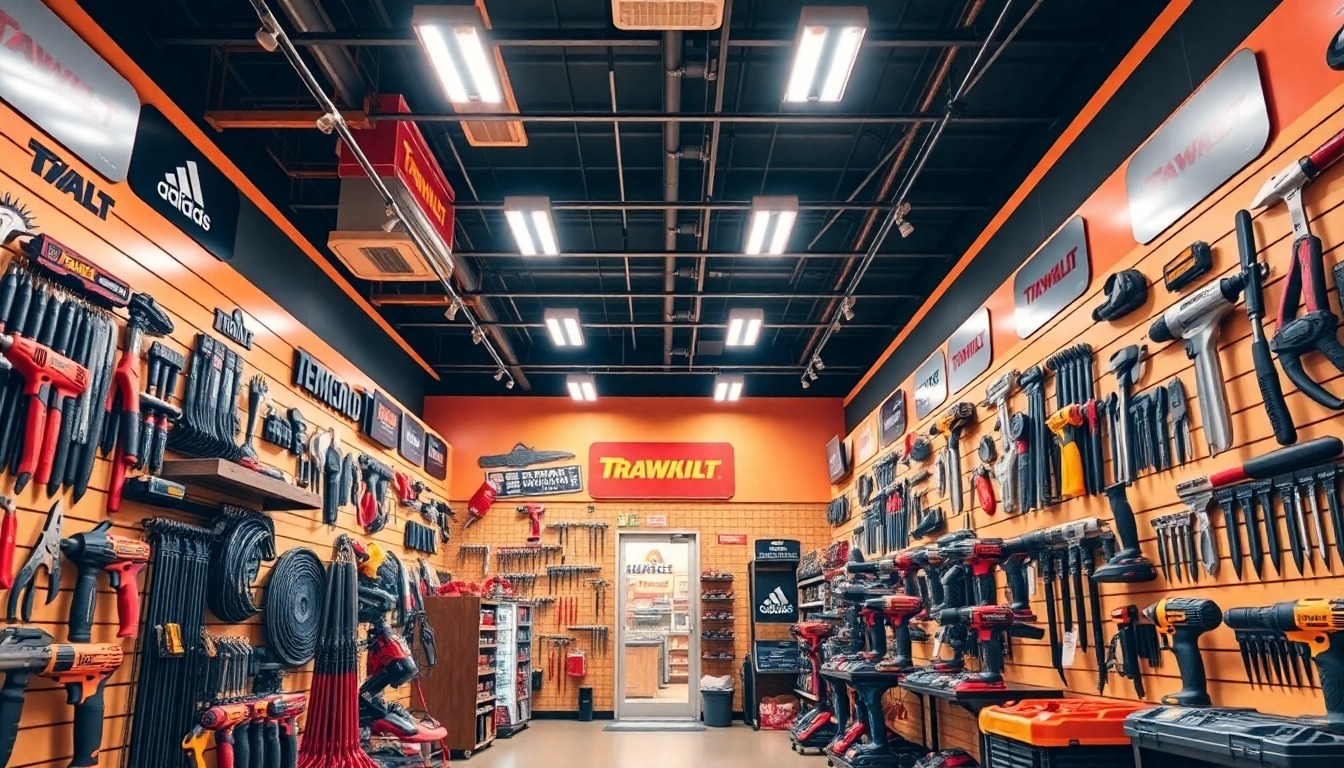Austin’s rapid growth has fueled an unprecedented wave of building activity, and technology is at the heart of this transformation. From planning and design to on-site execution, innovations are enabling Austin construction companies to work faster, smarter, and more sustainably. Modern tools and systems are not only boosting productivity but also redefining what’s possible in the industry.
Digital Design and Planning
Building Information Modeling (BIM)
BIM is revolutionizing the way Austin construction projects are designed and managed. This 3D digital modeling process allows architects, engineers, and contractors to collaborate in real time, reducing errors, optimizing materials, and improving efficiency.
Virtual and Augmented Reality
Virtual walkthroughs and augmented reality overlays enable stakeholders to visualize projects before construction begins. Austin construction teams use these tools to identify potential issues early, saving time and costs.
Automation and Robotics
On-Site Robotics
From bricklaying robots to automated concrete pourers, robotics are enhancing speed and precision on Austin construction sites. These machines help address labor shortages and maintain consistent quality.
Prefabrication and Modular Building
Off-site fabrication of building components allows Austin construction companies to assemble structures more quickly while minimizing waste and delays caused by weather.
Drones and Aerial Technology
Site Surveying and Monitoring
Drones provide real-time aerial views of job sites, helping Austin construction managers track progress, inspect hard-to-reach areas, and ensure compliance with safety regulations.
Mapping and Data Collection
Advanced drone mapping helps create accurate topographic maps, enabling better site planning and material management in Austin construction projects.
Smart Construction Management
Project Management Software
Cloud-based platforms streamline scheduling, budgeting, and communication. Austin construction companies are adopting these tools to coordinate large teams and multiple subcontractors effectively.
IoT Integration
Internet of Things (IoT) devices monitor equipment performance, track materials, and even measure environmental conditions, allowing for data-driven decision-making in Austin construction.
Sustainability Through Technology
Energy-Efficient Systems
Smart lighting, HVAC controls, and energy monitoring systems are standard in many Austin construction projects, reducing energy use and operational costs.
Waste Reduction Tools
Digital tracking systems monitor material usage to reduce waste, while recycling programs are managed with precision thanks to technology-driven inventory systems.
Safety Innovations
Wearable Technology
Smart helmets, vests with GPS tracking, and biometric sensors are improving worker safety by monitoring location, fatigue, and exposure to hazards on Austin construction sites.
Automated Safety Alerts
AI-powered safety systems can detect potential dangers—such as equipment malfunctions or unsafe behavior—and alert crews instantly.
The Competitive Advantage
Faster Project Delivery
By integrating technology into every stage of the process, Austin construction companies can complete projects more quickly without sacrificing quality.
Winning Larger Contracts
Firms that embrace advanced technology often gain a competitive edge, securing high-profile projects that demand precision and innovation.
Conclusion
Technology is no longer optional in the Austin construction industry—it’s a necessity. From BIM and drones to robotics and IoT, these tools are transforming how projects are planned, built, and maintained. By embracing these innovations, Austin construction companies are not only meeting the demands of a growing city but also setting new standards for efficiency, safety, and sustainability. As technology continues to evolve, its role in shaping the future of Austin construction will only become more profound.



